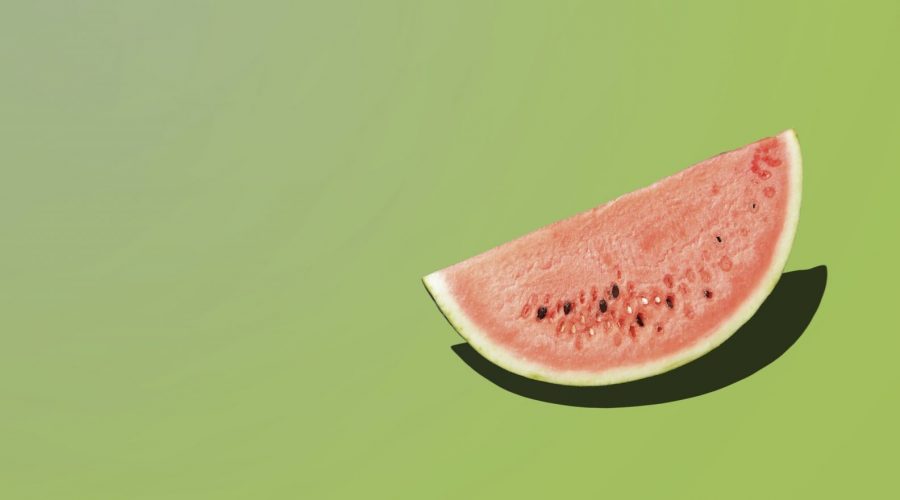Are foods really hydrating in the heat?
Do fruits and vegetables really count towards your water intake?
The big hydration obsession doesn’t seem to be going anywhere. Online, you’ll find countless reminders to stay hydrated and tips to help you drink more, such as sipping from time-marked bottles or counting cups of tea and coffee towards your water intake.
We can only expect more of this as we finally start to experience some warm weather in the UK. But let’s be frank – one of the reasons we need reminders to drink is because so many people find downing water all day every day really boring.
You may also like
Am I really dehydrated? Experts say we’ve been conned by the ‘hydration myth’
One popular get-around is eating hydrating foods. Watermelon, tomatoes and other fruits and vegetables with a high water content are touted as ways to keep your water levels up without having to drink another jug of aqua. But how much emphasis should we really put on food for hydration?
How hydrating are foods?
While fruits and vegetables clearly are full of water, just how much fluid do they really contain? “Whole plant-based foods such as fruits and vegetables generally have a high water content,” says Rohini Bajekal, nutritionist and a lifestyle medicine professional at Plant-Based Health Professionals.
These include:
Cucumber, 95% water
Tomatoes, 95% water
Spinach, 93% water
Mushrooms, 92% water
Watermelon, 91% water
And it’s not just plants that can be hydrating, adds dietitian Laura Tilt. “About 20 to 30% of our total daily water intake comes from foods like soup and stews as well as various fruits and vegetables,” she explains. So cutting out these saucy, watery foods would have a big impact on your hydration levels.

Your daily water intake, however, is a different measure. “While hydrating foods do count towards overall hydration, they don’t count towards your daily water intake of eight glasses a day,” says Bajekal. That two-ish litre goal is designed on top of food intake for optimum hydration levels.
Can foods hydrate you in summer?
The eight-glasses-a-day rule needs to be taken with a pinch of proverbial salt. “It’s rather arbitrary as there are many factors that affect water intake including age, gender, body weight, the environment, activity levels, medical conditions, pregnancy and breastfeeding,” says Bajekal.
Right now, with a 30°C heatwave expected in the UK, our water intake will probably need to go up a little to compensate for the extra fluid loss in sweat. That is when foods can be useful for those who struggle to drink even more water in the heat. So 100g of watermelon will contain roughly 90ml of water – not enough to fully hydrate you but it could be thirst-quenching.
You may also like
Does drinking water before bed can improve sleep? The link between hydration and energy levels
And topping up on fruits and vegetables is never a bad idea. “These foods are generally a good source of fibre, vitamins, minerals and antioxidants, and also contain vital electrolytes which can keep your hydration levels up, especially after exercising,” adds Bajekal.
Don’t stress about hydration, though. The simplest way to tell if you need a glass of water is if you are thirsty or not. Some experts also recommend checking your pee. “Urine that is a pale straw-like colour is a good way to tell you’re hydrated. Remember that drinking too much water can also be an issue and lead to an imbalance of electrolytes in the body which can be dangerous,” adds Bajekal.
Images: Getty
Source: Read Full Article
